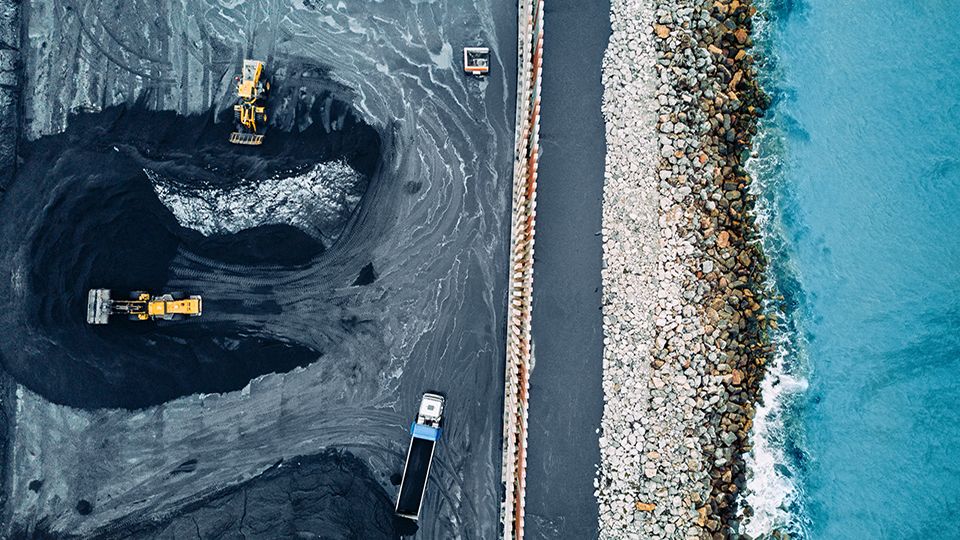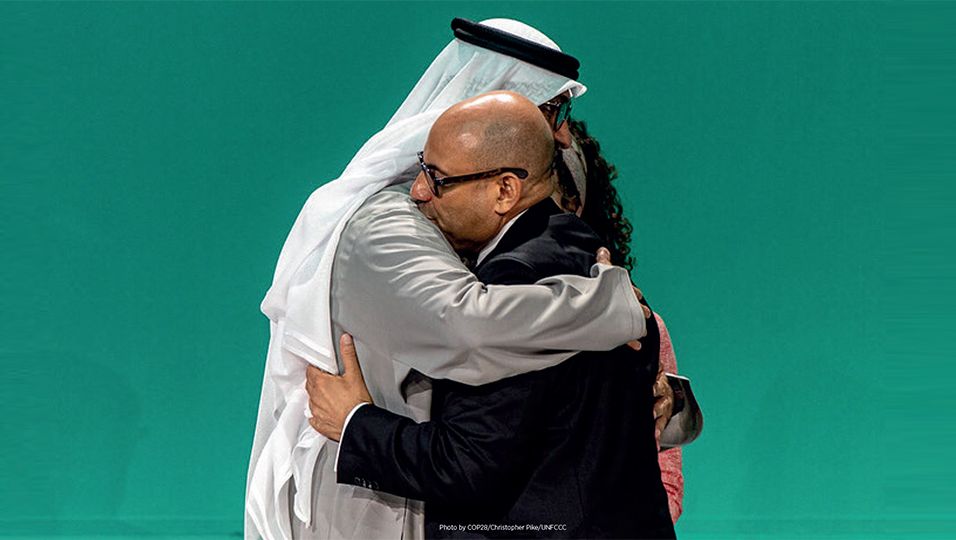Hosting COP in the UAE is a contentious topic for some. There is criticism around conflict of interest given the importance of fossil fuels for the region. But the acceleration of the energy transition is not possible without the major fossil fuel players.
COP president Sultan Al Jaber has highlighted that a phasedown of fossil fuels is critical and plans to announce a new fossil fuel ‘Global Decarbonisation Alliance’ for the energy sector. He also calls on all parties to join a pledge to triple renewables capacity by 2030 and double the rate of energy efficiency improvements.
The spotlight will therefore be on the fossil fuels industry given credible action plans are desperately needed. In particular, the role and scope of carbon capture and storage in credible transition plans will be a key point of debate.
But what other progress have we seen since COP27?
- Ambition gap
According to Climate Action Tracker, we are on track for 2.4C warming based on formal nationally determined contributions (NDCs). These reflect targets that countries have set to contribute to the Paris Agreement. COP27 called for parties to strengthen their climate pledges this year, but only the EU and eight additional countries have done so, including the UAE as host country. The next formal set of NDCs are due in Q1 2025 – a final chance to correct course for 2030.
The UN Global Stocktake provides an assessment of progress towards achieving the Paris Agreement goals and is due to conclude at COP28. A report published in September shows we’re not on track and suggests that we’ve missed the chance of limiting warming to 1.5C without overshooting that temperature goal. At COP28, we need to see messaging that will reflect a step up in ambition based on the stocktake findings and then cement this into formal NDC updates.
- Credibility gap
Emissions reached a new high in 2022. Binding policies to incentivise decarbonisation pace and scale are needed – e.g. the use of carbon prices and the removal of inefficient fossil fuel subsidies. According to the IMF, global fossil fuel subsidies amounted to $7tn in 2022, reflecting a $2tn increase since 2020 due to government support on surging energy prices. On the upside, continued tech development offers hope as it drives down the cost of low carbon tech.
Another important outcome is the credibility and use of voluntary carbon markets, which play an essential role in achieving net zero. A key debate will be whether to allow emission avoidanceas part of the carbon credit mechanism. We’ll be looking out for commitments that raise the credibility of pledges such as tackling policies that send the wrong signals to businesses and investors. If implemented, emissions may finally plateau over the next two years.
- Justice gap
An essential consideration here is the support and finance provided from developed to developing countries for mitigation, adaptation and losses from climate impacts. A key success of COP27 was the establishment of a loss and damage fund, which is expected to be operational by the end of COP28. Many issues were explored throughout 2023 but key questions remain: who is responsible for providing funds and who is eligible for receiving them? There are divergent views around the role of relatively high emitting middle-income countries in that context.
Then there is the $100bn climate finance promise from developed to developing nations that was due to be delivered by 2020. It has still not reached $100bn but is now inadequate given the considerable finance gap. It is to be reviewed as a new collective quantified goal at COP28 but the mechanisms for delivery need to be binding to ensure success.
We must also address the need for a just transition that considers the social impacts on communities, consumers and workers. This is likely to feature strongly at COP28 given Inclusion is a key crosscutting theme of focus.
- Adaptation gap
The adaptation agenda was launched at COP27 to enhance resilience in the most vulnerable regions. Developed nations agreed to “at least double their collective provision of climate finance for adaptation” from 2019 levels by 2025 – roughly $40bn. Despite this and increasing damage from physical risks experienced across the globe, adaptation finance flows are woefully insufficient and five-10 times below estimated needs according to the UN. Crucially, only 2% comes from the private sector and new blended finance mechanisms are needed to address this.
At COP28, a key aim is to set specific, measurable targets for the global goal on adaptation. We know that adaptation is essential as we’re past the point of limiting the physical damages of climate change through mitigation alone – mobilising private finance is essential. Closing these gaps matters to investors, because it shapes investment risks and opportunities and drives where finance will ultimately flow.









